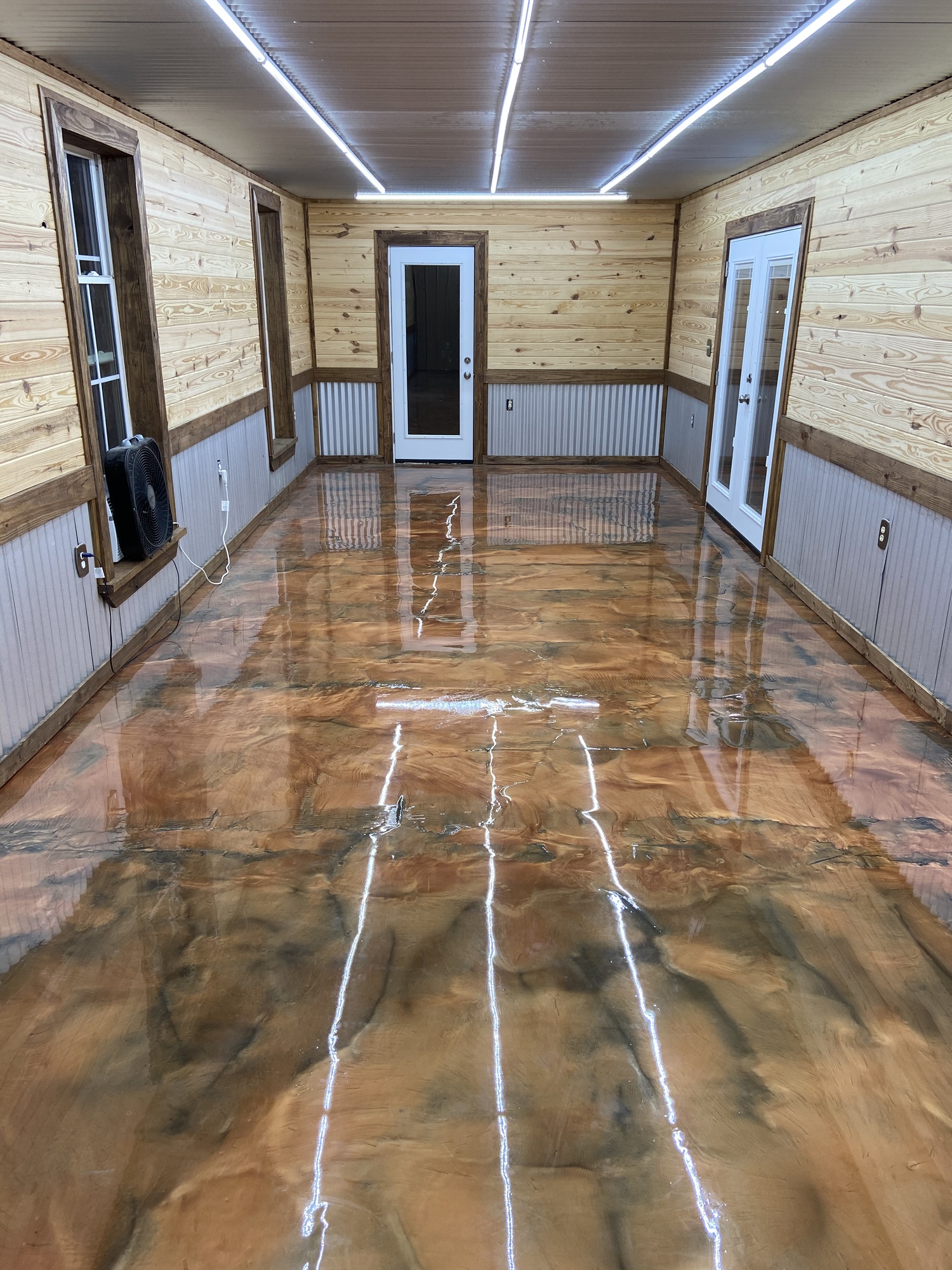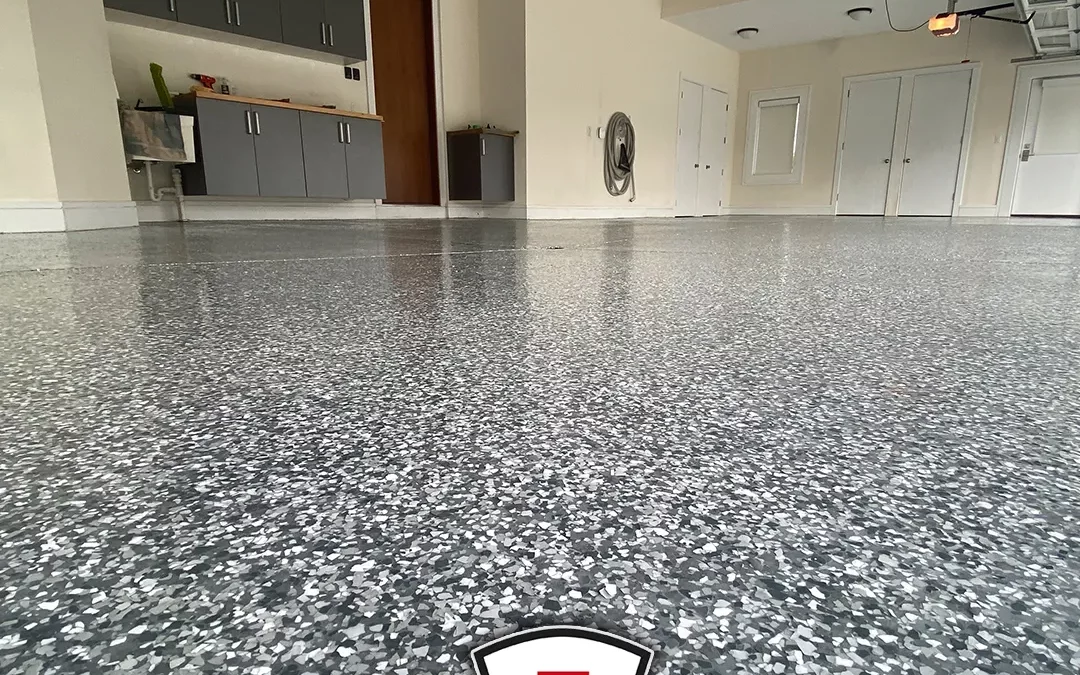Ultimate Guide to Putting Up Resilient Epoxy Floors in Residential Spaces
When it comes to changing household areas with sturdy epoxy floorings, a systematic method is key. There's one facet often overlooked that can substantially affect the longevity and high quality of the epoxy flooring.
Choosing the Right Epoxy Floor Covering System
Choosing the suitable epoxy flooring system is an essential step in ensuring long life and performance in domestic rooms. Epoxy flooring supplies sturdiness, simple maintenance, and aesthetic allure, making it a preferred selection for domestic applications. When picking an epoxy system, variables such as the sort of epoxy, level of durability called for, style choices, and budget plan constraints need to be thought about.
There are various types of epoxy flooring systems available, including water-based epoxy, solvent-based epoxy, and 100% strong epoxy. 100% solid epoxy is the most resilient alternative, ideal for high-traffic areas in household spaces.

Preparing Your Residential Space
When considering the installation of resilient epoxy floorings in household rooms, adequate prep work of the area is basic to guaranteeing a durable and effective application. The initial step in preparing your household space for epoxy floor covering is to completely cleanse the surface area. Any type of dust, oil, or particles need to be gotten rid of to ensure correct adhesion of the epoxy covering. This can be done via sweeping, vacuuming, and cleaning the floor with an ideal cleanser.
Following, it is vital to fix any type of splits, openings, or imperfections in the floor. These should be filled up and leveled to develop a smooth and also surface area for the epoxy covering to be applied. Furthermore, look for dampness issues as too much moisture can cause the epoxy to bubble or peel. Attend to any type of dampness troubles before waging the installment.
Finally, make sure appropriate ventilation in the space throughout the installation process to permit the epoxy fumes to dissipate. Sufficient preparation of the property area establishes the foundation for an effective epoxy floor covering application.
Applying Epoxy Layer
To start the procedure of applying epoxy covering, thoroughly blend the epoxy resin and hardener according to the manufacturer's guidelines. It is essential to comply with the recommended mixing proportions specifically to guarantee the epoxy remedies properly and accomplishes optimum toughness. Once the epoxy elements are blended, pour the combination onto the prepared flooring surface in a ribbon pattern.
Using a roller with a medium-nap cover, spread the epoxy equally over the flooring, working in manageable areas to avoid the epoxy from drying out as well quickly. Make sure to back-roll the applied epoxy to eliminate any type of puddles or irregular areas, guaranteeing a constant and smooth coating.

Enable the epoxy layer to cure according to the maker's instructions before waging any kind of further steps to make sure a resilient and long lasting surface.
Ensuring Appropriate Treating and Drying Out
Reliable healing and drying out procedures are vital to attain the desired longevity and longevity of epoxy floors in domestic areas. Correct healing entails giving the epoxy finishing adequate time to set and bond entirely to the substratum. This procedure commonly takes about 24 to 72 hours, depending upon the details product used and ecological problems. Throughout this duration, it is vital to limit foot web traffic and prevent putting heavy items on the floor to stop any damage or blemishes.
Additionally, guaranteeing sufficient air flow in the area is important for the drying out procedure. Appropriate air movement aids the epoxy coating to cure consistently and prevents any kind of problems like bubbling or unequal drying. Keeping constant temperature level degrees within the treating location is likewise important, as severe temperatures can adversely impact the healing procedure. It is advised to comply with the supplier's guidelines for healing and drying times to ensure optimal outcomes and make best use of the durability of the epoxy flooring in property setups.

Extending and maintaining Epoxy Flooring Lifespan
Proper maintenance techniques play a crucial function in extending the lifespan of epoxy floors in domestic settings. Regular cleaning is necessary to avoid dirt and particles from scratching the surface of the epoxy floor. It is recommended to move or vacuum the floor daily and mop it with a gentle cleanser frequently. Prevent utilizing severe chemicals or abrasive cleansing tools that can harm the epoxy coating. In addition, putting doormats at entry factors can aid minimize the quantity of dust and wetness brought onto the flooring.
To additionally safeguard the epoxy floor, take into consideration using a new overcoat helpful resources every few years, particularly in high-traffic locations. This will assist invigorate the look of the floor and give an extra layer of security against deterioration. In instance of any type of spills, quickly tidy them up to prevent discoloration and potential damages to the epoxy. By following these upkeep suggestions, home owners can guarantee their epoxy floorings remain sturdy and aesthetically appealing for years to come.
Verdict
In verdict, setting up durable epoxy floors in residential rooms needs mindful consideration of the epoxy floor covering system, comprehensive prep work of the space, correct application of the epoxy finish, and making certain appropriate healing and drying processes. By following these steps faithfully, property owners can achieve a long-lasting and aesthetically attractive epoxy flooring that improves the durability and aesthetics of their click to investigate space.
When it comes to transforming residential rooms with resilient epoxy floorings, a methodical strategy is essential. When choosing an epoxy system, aspects such as the type of epoxy, level of durability required, design preferences, and budget plan restrictions need to be taken into consideration.
There are various types of epoxy flooring systems readily available, including water-based epoxy, solvent-based epoxy, and 100% strong epoxy.When considering the setup of resilient epoxy floorings in household rooms, appropriate preparation of the location is essential to making sure a successful and lasting application.To begin the process of applying epoxy coating, thoroughly blend the epoxy check resin and hardener according to the manufacturer's guidelines.